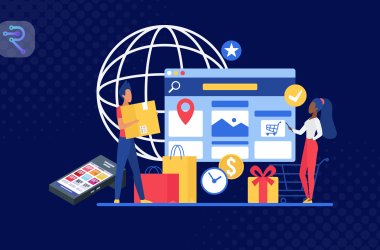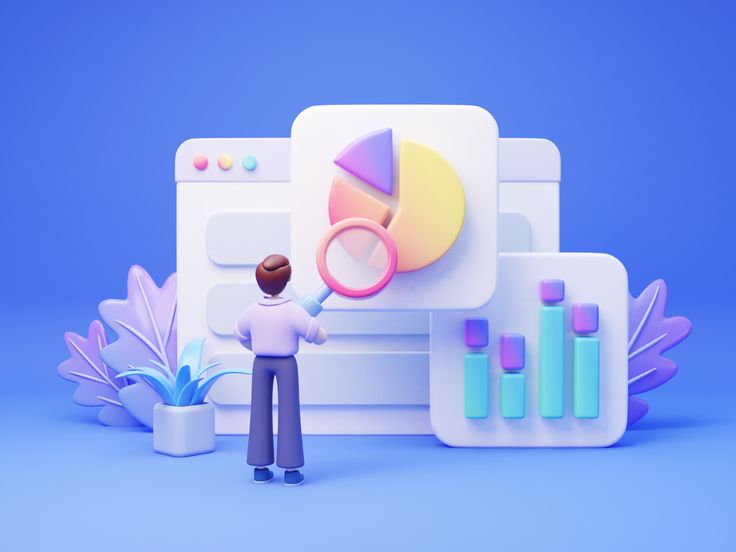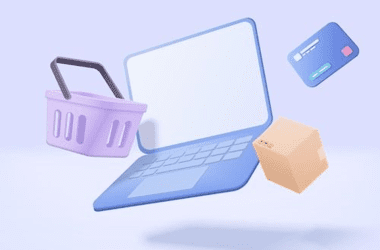Ecommerce strategies were the last thing on Rachel’s mind when she launched her online home décor brand in 2023. Back then, things looked promising. Her eco-friendly candles and handwoven rugs clicked with a niche audience who valued sustainability and design. With a few well-placed Instagram ads and a strong launch email, sales started rolling in.

But by early 2025, everything began to slow down. Ecommerce strategies that once worked stopped delivering. Ads felt more expensive, traffic dipped, and customers who once clicked “buy now” started hesitating. Rachel hadn’t changed much—but clearly, the landscape had. She knew it was time to rethink her ecommerce strategies from the ground up.
So, ecommerce strategies became her focus. She spent weeks researching, testing, and rebuilding—this time tuned to how buyers behave in 2025.
Here’s what she learned—and what every ecommerce founder should know.
Table of Content
1. Personalization In Ecommerce Strategies
Rachel always thought adding a first name to an email was enough personalization. Turns out, today’s consumers expect more. Her new ecommerce strategy included tools that tracked browsing behavior and previous purchases. Instead of blasting out generic newsletters, she sent personalized product recommendations and timely reminders about items left in carts.
Customers responded immediately. It wasn’t magic—it was relevance. Her brand began to feel more like a trusted friend than just another store.
2. Mobile-First Ecommerce Strategy
When Rachel reviewed her analytics, she noticed over 75% of her traffic came from mobile—but her site wasn’t built with phones in mind. Product images were too large, menus hard to tap, and the checkout experience? Painfully slow.
She hired a UX designer to help her go mobile-first. After a refresh, her bounce rate dropped, and mobile sales increased by 42%. A mobile-first approach is a non-negotiable part of any successful ecommerce strategy in 2025.
3. Social Platforms Became the Sales Floor
It started with a TikTok video a customer made showing how her candles melted evenly. It went viral. That’s when Rachel realized her audience wasn’t just on social media—they were shopping there.
She built out Instagram Shopping, ran TikTok Spark Ads, and even reposted customer videos to her own channels. Suddenly, her content was doing what ads couldn’t—building community and driving sales at the same time. Integrating social commerce became a crucial part of her ecommerce strategy.
4. Voice Search Quietly Took the Stage
One evening, her husband casually asked Alexa, “Where can I buy eco-friendly candles near me?” That moment hit her hard. Voice search was growing. And she hadn’t optimized for it at all.
Rachel started adjusting product descriptions to be more conversational, added a robust FAQ page, and integrated schema markup so Google could better understand her site. This voice-search optimization became a subtle but effective component of her evolving ecommerce strategy.
5. Shoppers Move Across Channels—So Should You
A customer once emailed her, “I saw your post on Instagram, then Googled your site, browsed a bit on my phone, and finally placed the order on my laptop.” It clicked: the shopping journey isn’t linear.
Rachel invested in creating a consistent experience across all touchpoints—social, website, email, even SMS. Inventory synced. Cart reminders were cross-platform. Customer support handled DMs and emails with the same care. Omnichannel integration became a foundational pillar of her 2025 ecommerce strategy.
6. Subscription Models Made Her Revenue Predictable
Rachel’s biggest pain point was cash flow. Some months were booming; others felt empty. So she tested a candle subscription box. Customers could choose seasonal scents, gift subscriptions to friends, and even swap items.
Within a few months, she had a recurring revenue stream that brought peace of mind and deepened loyalty. Customers loved the convenience—and the surprise. Subscription models now play a key role in a smart ecommerce strategy.
7. Values Became Her Competitive Edge
A customer once asked in a product review, “Are your ingredients cruelty-free?”
Rachel realized that her values—eco-conscious packaging, small-batch production, local sourcing—needed to be visible, not just part of her internal brand mission.
She updated her website to include a “Why We Exist” page. Added product sustainability badges. Partnered with a reforestation nonprofit. Customers noticed. And they bought in—not just with their wallets, but with their support. Aligning brand values with customer expectations strengthened her ecommerce strategy.
8. Relying on Ad Platforms? Not Anymore.
When Rachel’s Facebook Ads ROI plummeted, she realized she was too dependent on third-party data.
She pivoted to building her own list—email and SMS. She added popups with real value, ran interactive scent quizzes, and offered early access to limited-edition products in exchange for subscriptions.
First-party data became her biggest asset. She owned the relationship, not the algorithm. Collecting and utilizing this data wisely became a core part of her ecommerce strategy going forward.
Related Reading: How to Start an E-commerce Business in 10 Proven Steps
9. Micro-Influencers > Celebrity Endorsements
Rachel couldn’t afford a big influencer—but she didn’t need one. She sent free products to five micro-creators on Instagram and TikTok who genuinely aligned with her brand. The results were stunning: organic videos, authentic storytelling, and referral sales that kept trickling in for weeks.
Instead of buying ads, she invested in trust. And her audience grew not just in size—but in loyalty. Collaborating with micro-influencers was a fresh tactic in her evolving ecommerce strategy.
10. SEO & AI-Powered Ads Were the Long Game
At first, SEO sounded too technical. But she started small—writing helpful blog posts, updating product descriptions with search intent in mind, and organizing her site better.
At the same time, she used automated Google Ads campaigns that optimized themselves using real-time performance data.
It wasn’t flashy. It wasn’t overnight. But it worked. Organic traffic grew steadily, and ad spend became smarter every month. Combining SEO and AI-driven ads became the backbone of her sustainable ecommerce strategy.
The Bottom Line: Ecommerce Strategy in 2025 Is About Human-Centered Growth
Rachel didn’t pivot her entire business overnight. She made one small improvement at a time—always guided by one question: How can I serve my customer better today than I did yesterday?
Ecommerce isn’t just about checkout buttons and promo codes anymore. It’s about relationships, values, and meeting people where they are—on their phones, on social media, through real conversations.
This evolving ecommerce strategy is what separates brands that thrive from those that fade away.
Ready to Write Your Own Ecommerce Strategy?
If you’re feeling stuck like Rachel once was, it might be time to rethink how you’re showing up online.
Let’s talk about where you are, where you want to go, and how to build an ecommerce strategy that actually works in 2025.








